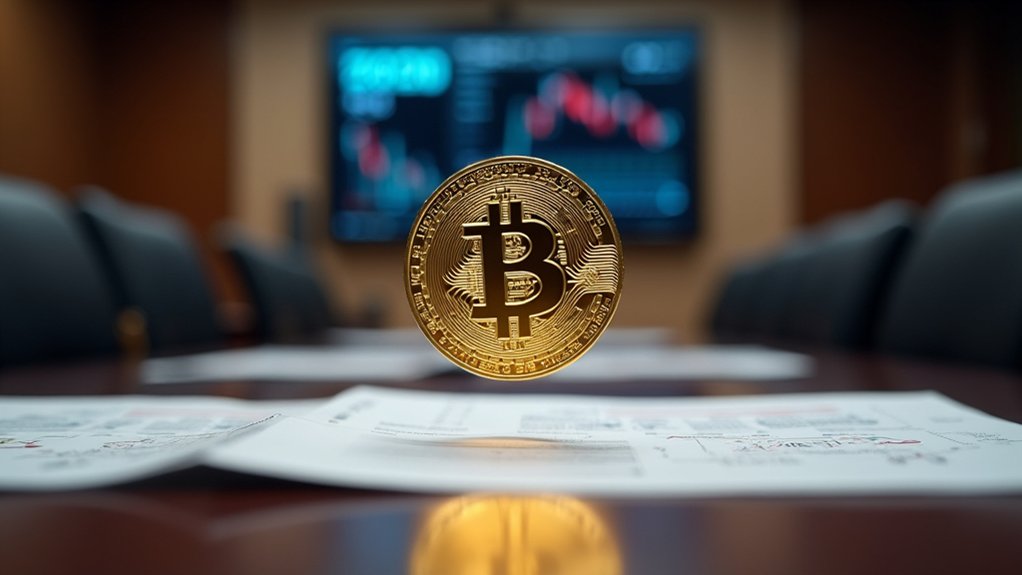Why would a former president’s Federal Reserve nominee spark such fervent debate among monetary policy circles, particularly when the central bank’s current stance appears relatively stable? The answer lies in Miran’s economic philosophy, which reportedly deviates sharply from the Fed’s recent approach to balancing inflation targeting with employment mandates.
Trump’s selection has ignited considerable controversy precisely because it signals potential fundamental shifts in monetary policy architecture. While the Fed currently maintains rates between 4.25% and 4.5%—threading the needle between growth and inflation concerns—Miran’s nomination suggests a dramatically different trajectory. The nominee apparently favors looser monetary policy aimed at boosting employment, even if it means tolerating higher inflation (a stance that would make previous Fed chairs reach for their antacids).
Miran’s pro-employment stance could unleash inflationary pressures that would horrify traditional Fed leadership and unsettle carefully balanced monetary policy.
The crux of concern centers on Miran’s reported preference for what economists euphemistically term a “hot labor market” approach. This philosophy prioritizes unemployment reduction over strict inflation control, diverging from the Fed’s 2024 framework emphasizing flexible average inflation targeting. Such a shift could fundamentally alter the federal funds rate target range, affecting borrowing costs and potentially triggering inflationary pressures that have been carefully contained. The current unemployment rate stands at 4.2%, providing a baseline from which any new Fed leadership would operate.
Senate confirmation hearings promise to scrutinize these policy orientations with particular intensity. Bipartisan concerns focus on whether Miran’s approach might allow inflation to run above the 2% target for extended periods—a prospect that keeps bond traders awake at night and makes retirees on fixed incomes distinctly nervous. The SOMA portfolio has decreased significantly since the Fed began reducing securities holdings in June 2022, creating additional complexity for any incoming leadership team.
The timing proves particularly intriguing given current economic uncertainties. With inflation remaining above target amid tariff concerns and economic fluctuations, introducing a nominee who might embrace more aggressive monetary easing represents either bold economic stewardship or reckless experimentation, depending on one’s perspective. The cryptocurrency landscape adds another layer of complexity, as the GENIUS Act recently established a comprehensive regulatory framework requiring stablecoin issuers to maintain full reserve backing with high-quality liquid assets.
Market expectations hang in the balance as senators weigh qualifications against policy implications. The confirmation decision will likely signal broader administrative economic priorities while potentially reshaping Federal Reserve transparency and independence.
Whether Miran’s potential “shake-up” represents necessary policy evolution or dangerous monetary adventurism remains the central question awaiting Senate resolution—and one that will reverberate through financial markets regardless of the outcome.







